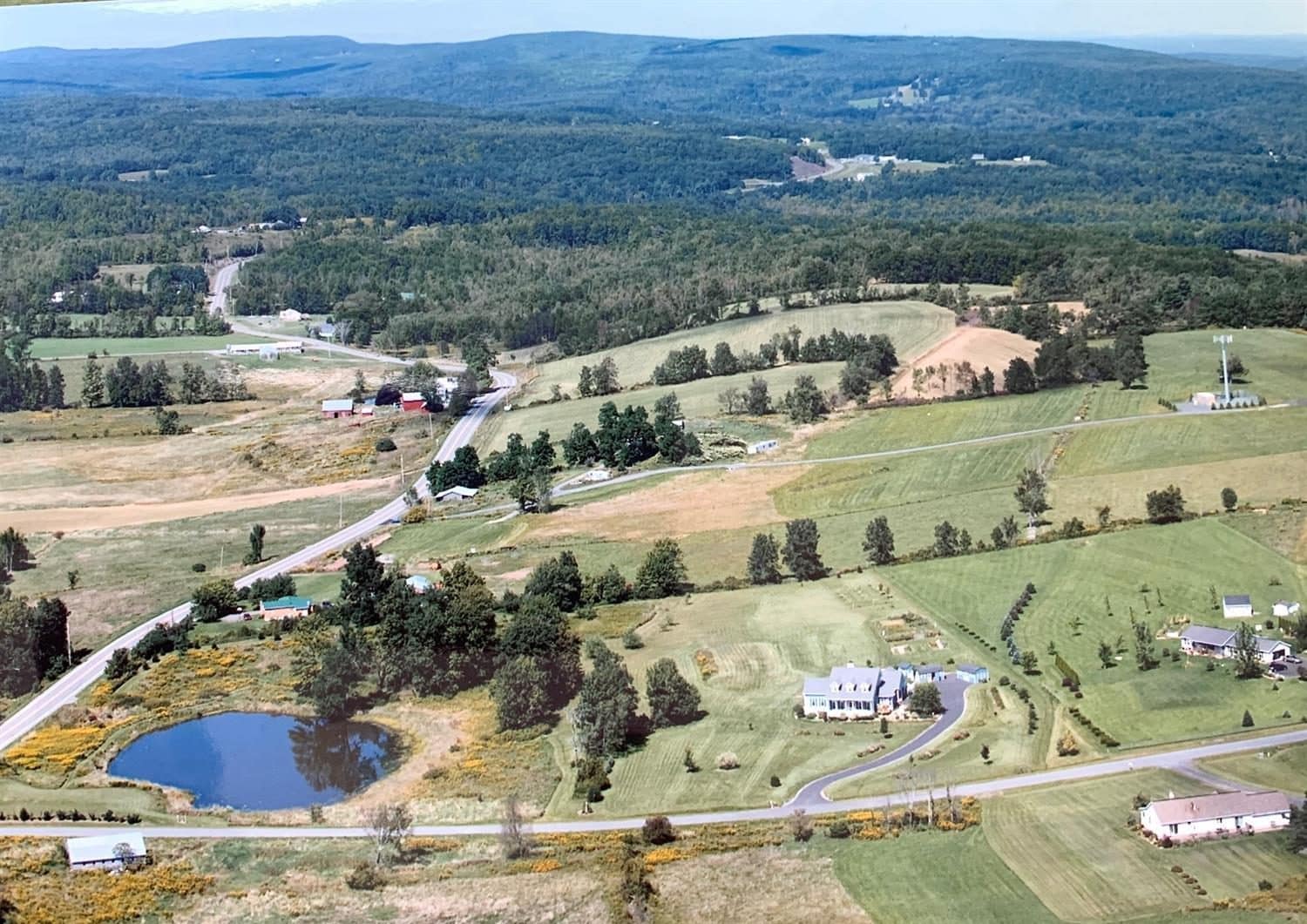| In Effect for Monday, July 17, 2023 |
| New York State Department of Environmental Conservation (DEC) Commissioner Basil Seggos and State Department of Health (DOH) Commissioner Dr. James McDonald issued an Air Quality Health Advisory for the Long Island, New York City Metro, Lower Hudson Valley, Upper Hudson Valley, Adirondacks, Eastern Lake Ontario, Central New York, and Western New York regions for Monday, July 17, 2023. The pollutants of concern are: Fine Particulate Matter for New York City Metro, Lower Hudson Valley, Upper Hudson Valley, Adirondacks, Eastern Lake Ontario, Central New York, and Western New York Ozone for Long Island, New York City Metro The fine particulate matter advisory will be in effect from 12 a.m. through 11:59 p.m. The ozone advisory will be in effect from 11 a.m. until 11 p.m. DEC and DOH issue Air Quality Health Advisories when DEC meteorologists predict levels of pollution, either ozone or fine particulate matter are expected to exceed an Air Quality Index (AQI) value of 100. The AQI was created as an easy way to correlate levels of different pollutants to one scale, with a higher AQI value indicating a greater health concern. Ozone Summer heat can lead to the formation of ground-level ozone, a major component of photochemical smog. Automobile exhaust and out-of-state emission sources are the primary sources of ground-level ozone and are the most serious air pollution problems in the northeast. This surface pollutant should not be confused with the protective layer of ozone in the upper atmosphere. Ozone and PM2.5 are two different pollutants that form in different ways: PM2.5 is often produced directly as smoke from wildfires and other sources of small particles emitted into the air. Ozone is not a direct emission, and is produced indirectly when sunlight chemically reacts with nitrogen oxides (NOx) and volatile organic compounds (VOCs) from automobile exhaust and industrial emissions. High ozone isn’t as visible as PM2.5 because it’s a colorless gas, but it will produce hazy skies and reduce visibility in high concentrations. The smoky and hazy sky in an otherwise mostly sunny, stagnant air mass can be very conducive for ozone production. The wildfire smoke can enhance the ozone production, but it’s not the primary component. People, especially young children, those who exercise outdoors, those involved in vigorous outdoor work and those who have respiratory disease (such as asthma) should consider limiting strenuous outdoor physical activity when ozone levels are the highest (generally afternoon to early evening). When outdoor levels of ozone are elevated, going indoors will usually reduce your exposure. Individuals experiencing symptoms such as shortness of breath, chest pain or coughing should consider consulting their doctor. Ozone levels generally decrease at night and can be minimized during daylight hours by curtailment of automobile travel and the use of public transportation where available. Fine Particulate Matter Fine particulate matter consists of tiny solid particles or liquid droplets in the air that are 2.5 microns or less in diameter. PM 2.5 can be made of many different types of particles and often come from processes that involve combustion (e.g. vehicle exhaust, power plants, and fires) and from chemical reactions in the atmosphere. Exposure can cause short-term health effects such as irritation to the eyes, nose, and throat, coughing, sneezing, runny nose, and shortness of breath. Exposure to elevated levels of fine particulate matter can also worsen medical conditions such as asthma and heart disease. People with heart or breathing problems, and children and the elderly may be particularly sensitive to PM 2.5. When outdoor levels are elevated, going indoors may reduce exposure. If there are significant indoor sources of PM 2.5 (tobacco, candle or incense smoke, or fumes from cooking) levels inside may not be lower than outside. Some ways to reduce exposure are to minimize outdoor and indoor sources and avoid strenuous activities in areas where fine particle concentrations are high. New Yorkers also are urged to take the following energy saving and pollution-reducing steps: use mass transit instead of driving, as automobile emissions account for about 60 percent of pollution in our cities. People are strongly advised to carpool only with members of their households; conserve fuel and reduce exhaust emissions by combining necessary motor vehicle trips; turn off all lights and electrical appliances in unoccupied areas; use fans to circulate air. If air conditioning is necessary, set thermostats at 78 degrees; close the blinds and shades to limit heat build-up and to preserve cooled air; limit use of household appliances. If necessary, run the appliances at off-peak (after 7 p.m.) hours. These would include dishwashers, dryers, pool pumps and water heaters; set refrigerators and freezers at more efficient temperatures; purchase and install energy efficient lighting and appliances with the Energy Star label; and reduce or eliminate outdoor burning and attempt to minimize indoor sources of PM 2.5 such as smoking. A toll-free Air Quality Hotline (1-800-535-1345) has been established by DEC to keep New Yorkers informed of the latest Air Quality situation. Additional information on ozone and PM 2.5 is available on DEC’s website and on DOH’s website (PM 2.5) / DOH’s website (ozone). To stay up-to-date with announcements from DEC, sign up to receive Air Quality Alerts through DEC Delivers: DEC’s Premier Email Service. |
Last modified: July 17, 2023

